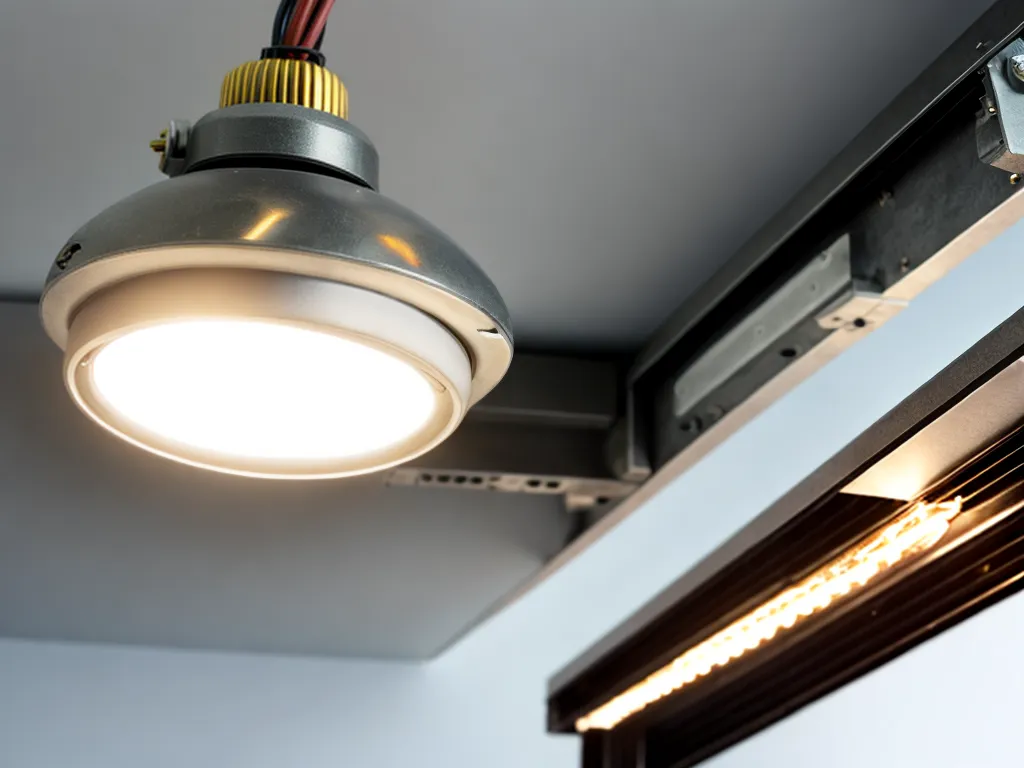
How to Troubleshoot Issues with Low Voltage Lighting
Introduction
Low voltage lighting has become increasingly popular in homes due to its flexibility, efficiency, and aesthetic appeal. However, like any electrical system, low voltage lighting can develop issues that affect its performance. As a homeowner, it's helpful to have a basic understanding of how to troubleshoot and resolve common low voltage lighting problems. This allows you to quickly diagnose and fix minor issues on your own without needing to hire an electrician.
In this guide, I will walk through the main steps I take to troubleshoot problems with my low voltage lighting system. Whether you're dealing with lights not turning on, dimming, or flickering issues, this guide will provide useful tips to get your low voltage lighting working properly again.
Safety Precautions
Before doing any troubleshooting on your low voltage lighting system, it's critical to take some safety precautions:
-
Turn off power to the transformer - Locate the transformer that supplies power to your low voltage lights and turn off power to it at the circuit breaker. This prevents electric shock while handling any lighting components.
-
Use a voltage tester - Verify power is off by using a non-contact voltage tester on the low voltage wires. This is an important safety check.
-
Use insulated tools - When handling low voltage wires, use insulated tools to prevent accidental electric shocks or shorts.
-
Follow electrical codes - Any wiring fixes should be made in accordance with electrical codes for safe operation.
Check for Basic Issues First
Before delving into the lighting system itself, it's wise to check for some basic issues that could be affecting the lights:
Examine the transformer
The transformer converts high voltage power to the low voltage used by the lighting. Check that:
-
The transformer is getting 120V AC input power.
-
The circuit breaker or GFCI outlet supplying the transformer is not tripped. Reset if needed.
-
The transformer is not overheated, buzzing loudly, or emitting any unusual smells, which may indicate a problem.
-
The transformer output voltage measures between 11V-15V AC. Too high or low voltage affects lighting performance.
Check wire connections
Problems can occur if low voltage wire connections are loose, corroded, or wired incorrectly:
-
Verify wire nuts/caps on wire splices are tight and making good electrical contact.
-
Check terminals where wires connect to transformers, timers, connectors, etc. Tighten as needed.
-
Clean any corroded wire connections with electrical contact cleaner spray and re-connect tightly.
-
Ensure wiring polarity is correct. Wire markings and ports on transformers must match up.
Inspect the low voltage wires
The low voltage wires supplying the light fixtures can also cause problems:
-
Cracks/nicks in wire insulation - These can cause shorts. Repair with electrical tape or replace wire.
-
Staples piercing wires - Make sure staples securing the wires have not pierced the insulation.
-
Pinched wires - Any wires pinched tightly can become damaged. Loosen anything clamping down on wires.
-
Exposed wires - Outdoor wires that are not properly buried and exposed can short. Re-bury and cover properly.
Troubleshoot Light Fixtures
If the basic electrical supply checks out, then it's time to examine the individual lighting fixtures:
Lights not turning on
If none of the low voltage lights are turning on, the issues may be:
-
Burned out bulb - Replace bulbs with the correct low voltage type.
-
Disconnected wires - Check light fixture wire connections are together properly.
-
Bad fixture - Bypass the fixture and test light separately to check.
Dim lighting
If the lighting is noticeably dim or uneven, look for:
-
Voltage drop - Measure voltage near the end fixtures. Dimming typically signals excessive voltage drop. Ensure proper wire gauge is used.
-
Old bulbs - Incandescent bulbs dim over time. Replace bulbs.
-
Dirty fixtures - Clean out dirt, debris, corrosion from light fixtures to improve light output.
Flickering lights
Lights that constantly flicker or blink likely indicate:
-
Loose connections - Check and tighten all wire connections and junctions.
-
Damaged/spliced wires - Inspect wires for damage that may be interrupting the circuits.
-
Wrong bulb wattage - Bulbs that exceed fixture wattage can cause flickering. Use proper wattage.
Single light not working
When only one low voltage light isn't functional, test the following:
-
Bulb - Replace the bulb with a working one from another fixture to test.
-
Jumper wire - Use a jumper wire to bypass the bad fixture and test the wiring/bulb separately.
-
Fixture contacts - Clean any corrosion off the light fixture contacts if present.
When to Call an Electrician
If you've thoroughly tested all the wiring and components of your low voltage lighting system but can't determine the cause of the issue, it's best to call a qualified electrician. They have the advanced testing equipment, electrical experience, and troubleshooting skills to assess the problem and make any necessary repairs.
Some scenarios where professional electrical help is recommended:
-
You measured voltage issues coming from the transformer.
-
The issue appears to be in the physical wiring itself.
-
Light fixtures exhibit more complex electrical problems.
-
You tried common fixes but lights still don't work properly.
-
You are unsure how to safely test and resolve the problem.
Troubleshooting and fixing low voltage lighting issues on your own can save time and money when dealing with minor problems. But for more complex electrical issues, don't risk injury or further problems - contact a professional electrician to get your lighting working properly again.